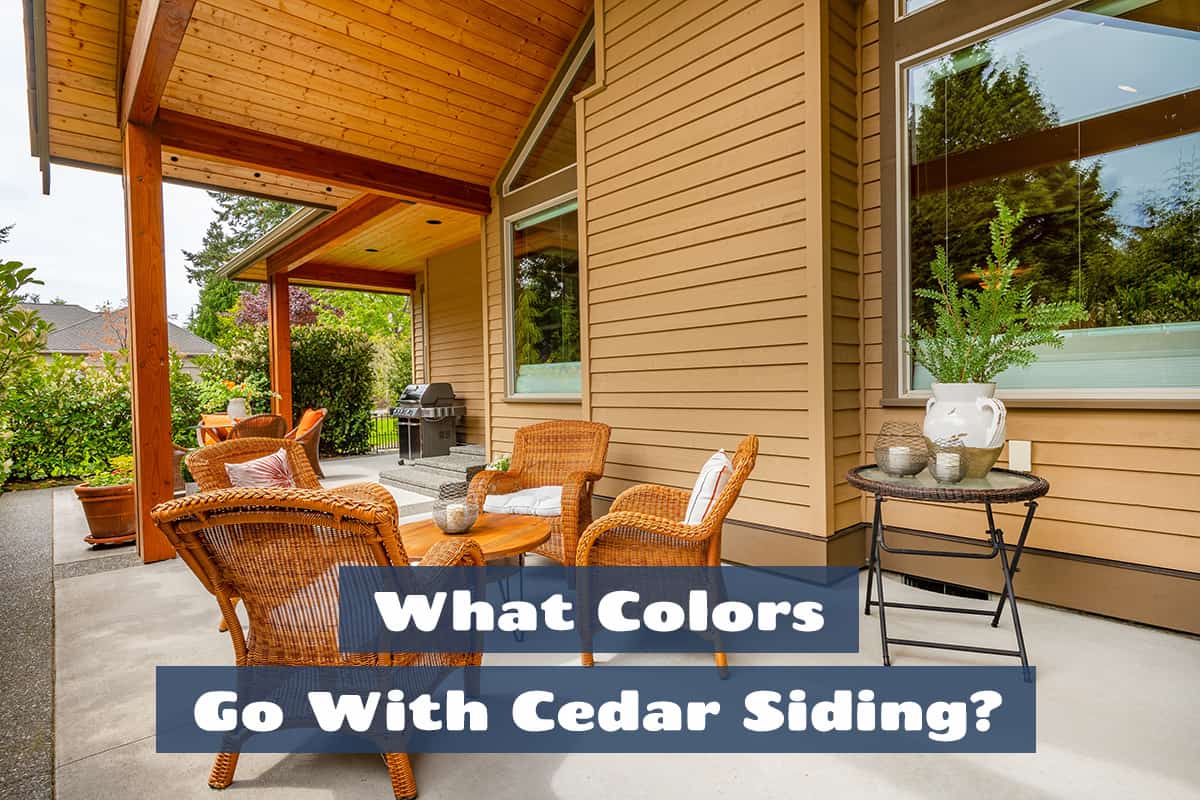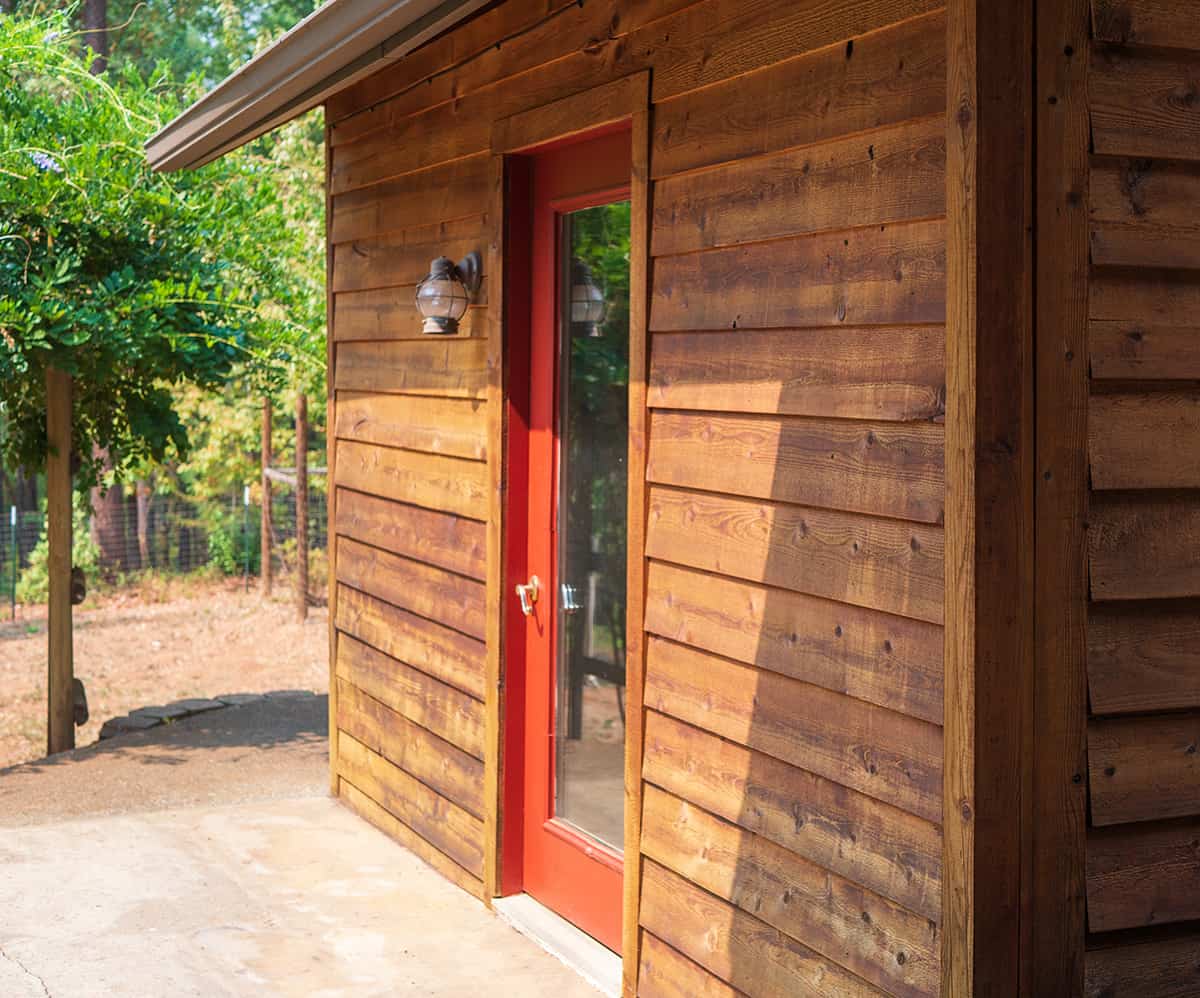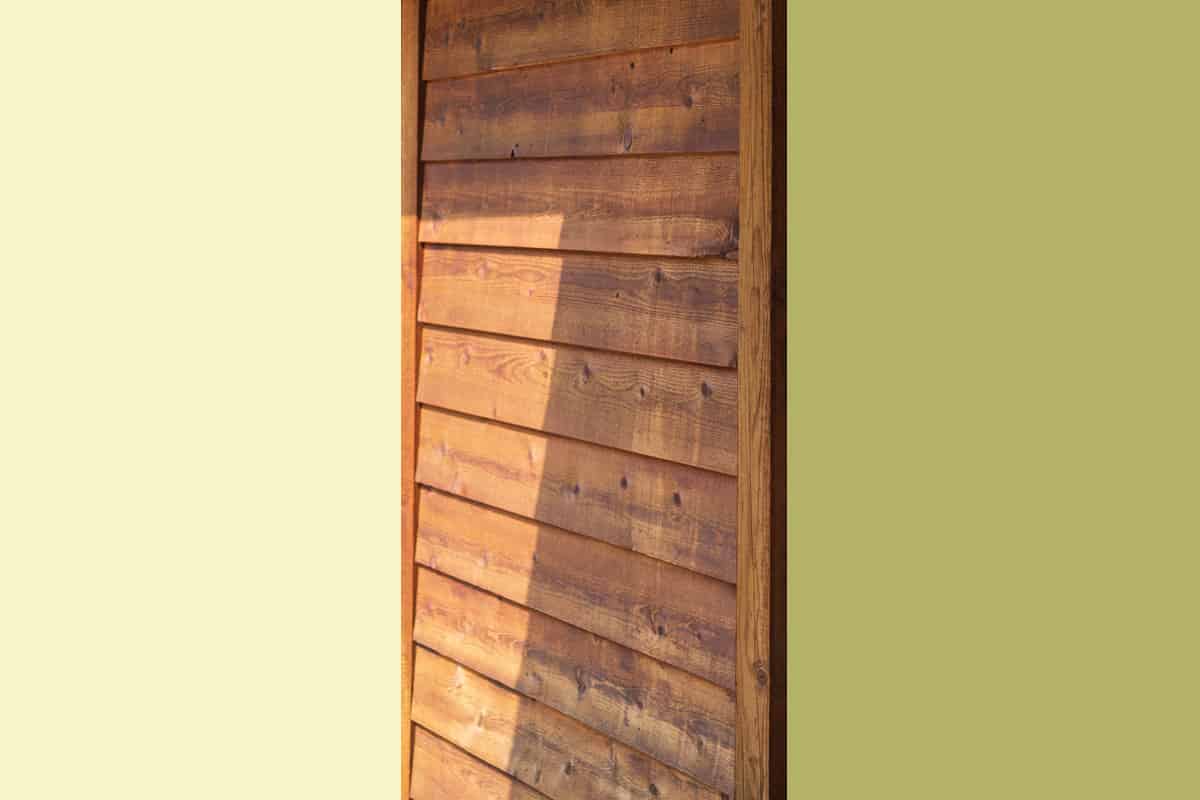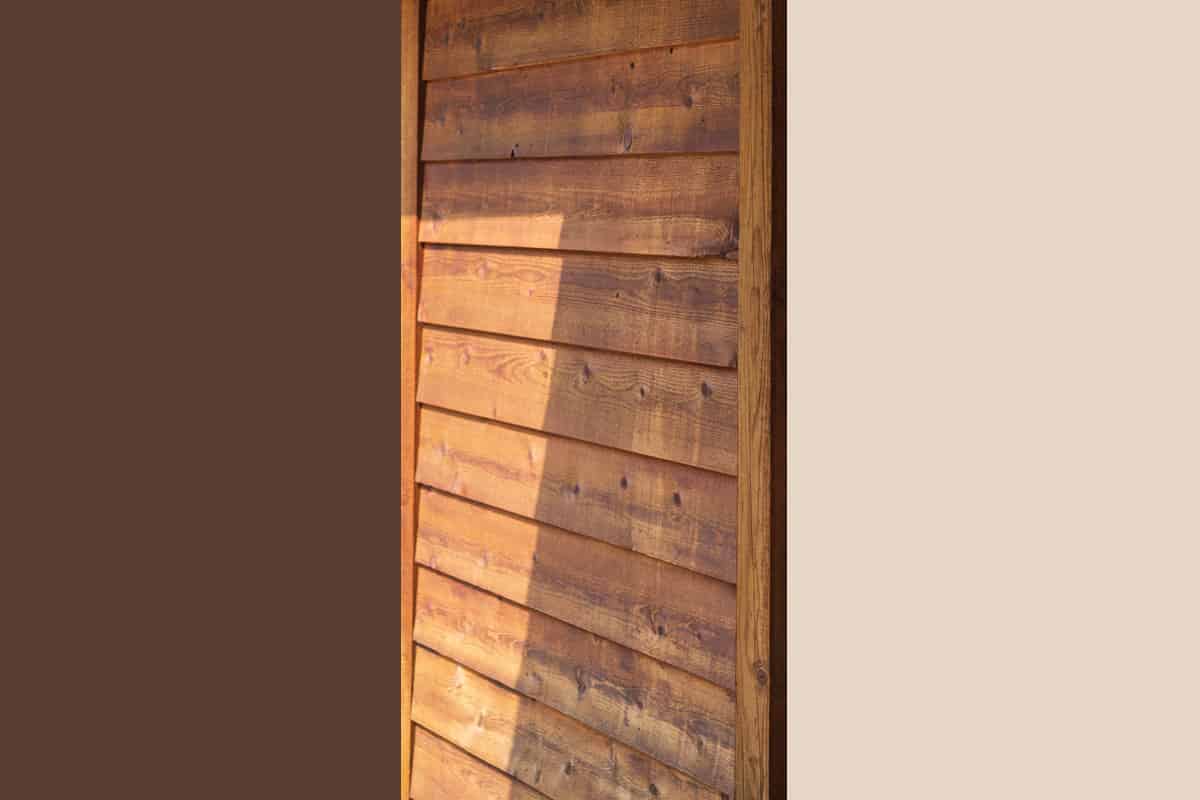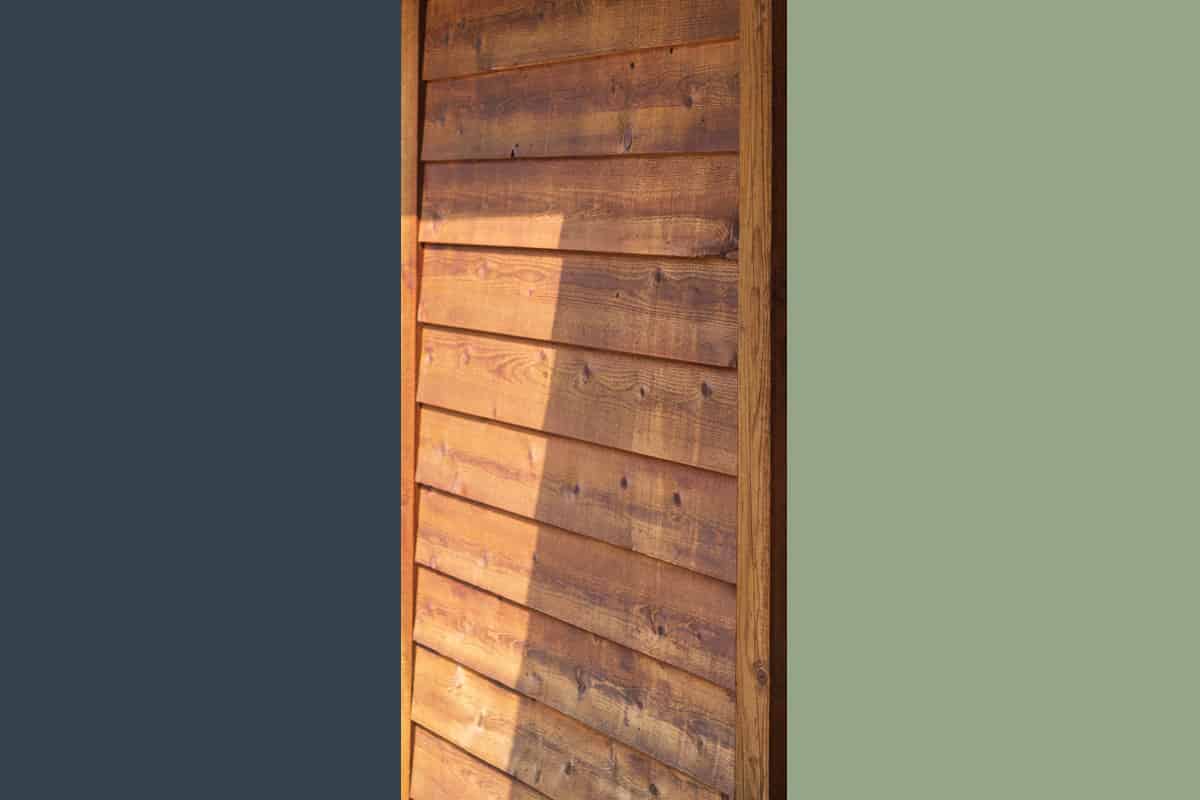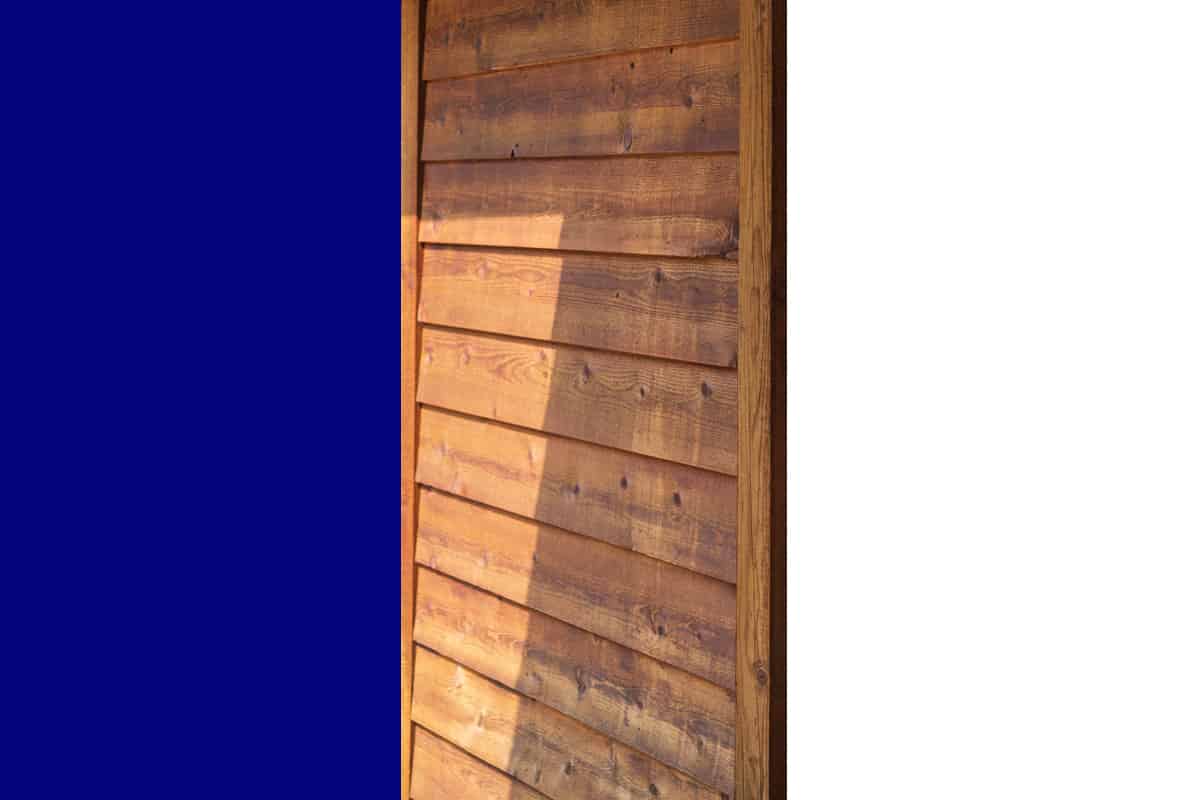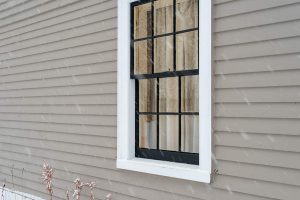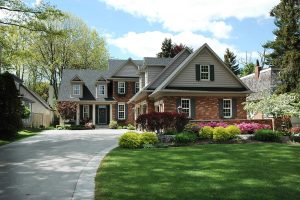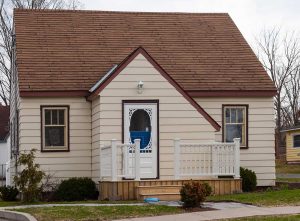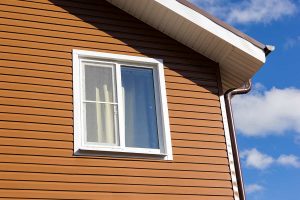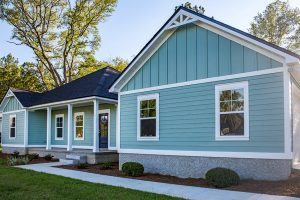Cedar is a really great choice of wood for siding because it has a lot of properties that make it ideally suited to exposure to the outdoors.
However, cedar is a somewhat intense color that can be tricky to coordinate with. Here we explore some of the best exterior home colors that go with cedar siding.
What Color is Cedar Siding?
Cedar is a premium choice of wood for siding or cladding buildings because not only does it have a beautiful aesthetic, but it also contains a naturally occurring organic oil that repels pests and helps to deter rot. It is this oil that gives cedar the wonderfully woody aroma.
Cedar siding is known for its warm appeal, with a color that stands out more than most wood. Cedar siding has a toasted cinnamon color, which can be preserved by using protective stains and sealants. If you prefer the lower maintenance option, cedar siding can be left untreated.
It is naturally resistant to the elements and stands up well against weather. When left to age without preservation treatments, the color of cedar will change over time. After around a decade, cedar siding, which has been exposed to the elements without protection, will take on a silvery gray color.
For many people, this is a preferred color of cedar that they look forward to witnessing, while others prefer to keep their cedar looking new. Since cedar siding can undergo a very obvious color change, you’ll want to bear this in mind when choosing colors to use alongside it.
Color Palettes for Cedar Siding
Suppose you go to the hardware store and pick up some promotional material from masonry paint stockists. In that case, you’ll notice that all of the suggested color palettes they recommend will include three colors. You’ll find the same thing if you explore color palettes for exterior paint or stains online.
This is because when it comes to exterior decor, three is the magic number. Choosing three colors for your exterior color palette allows you to create a look that feels interesting without being overwhelming, and it gives you space to explore the complementary and accenting colors so they can be showcased in their best possible light. When selecting three colors, bear in mind that not every color is going to get the same amount of exposure.
One of your colors will be the main color, and this is typically the color of your siding. Your remaining two colors will be used for trim and accessories, for example, the trim around the windows, or the front door, the balcony carpentry, or your garage door. You can expect your main color to be used across roughly 70 percent of the exterior of the home, and the remaining two colors will have a split of around 20 percent and 10 percent.
In any exterior color palette using three colors, it always works best when one of the colors is neutral. This prevents the colors from battling with each other and gives a cleaner look to a property.
Cedar, olive green, and cream
This is a color palette that will work with new cedar when the wood has a cinnamon color to it, and it will also work equally well if you allow your cedar siding to age naturally and take on a silvery hue. Olive green works beautifully with the color of cedar siding because these two shades create a subtle contrast against each other.
Red and green are contrasting colors on the color wheel since they sit directly opposite each other, but olive green is a muted shade of green, and cedar is a muted shade of red. This creates a muted contrast that is visually pleasing without being overstimulating. This color scheme will work best if the cedar siding is used across most of the exterior of the house, and the trim is finished in cream.
Use the olive green paint for the front door, garage door, and any other small touches, such as the mailbox or a plant pot on the driveway. Using cream trim to physically separate the cedar and olive green colors will allow them to stand out more. Olive green has more yellow and brown tones in it compared with cooler greens, so it gives off more of a warm atmosphere than you might expect. It is also a very nature-inspired color, which helps it to blend into the environment more easily.
If you let your cedar siding fade to gray, the olive green and cream color palette will still work beautifully, with the cream serving as a warming neutral against the coolness of the cedar.
Cedar, dark brown, and almond
For a cozy and classic look on the exterior of your home, a color palette of dark brown and almond trim with cedar siding can be very appealing.
This is a color palette that feels sophisticated yet homely. Use almond-colored paint for the trim of the home, and then opt for dark brown stained wood for the front door and any additional woodwork, such as a verandah or garden fence.
Alternatively, you could paint the front door in a rich, chocolate brown color. This color scheme will look at its most luscious when the cedar siding is stained or sealed to retain its natural rusty hue, although dark brown and almond are neutral enough to also work with a silver-tinted cedar.
Cedar, charcoal, and sage green
Cedar siding has a really warming tone, and you can create a visually striking look by contrasting it with cool colors. Using cool colors with cedar siding will also help to create a modern style. Charcoal is a deep and dark shade of gray that verges on black, so despite its intensity, it operates within this color scheme as a neutral color.
Use it as the trim color next to cedar siding to frame it, and then use sage green paint for the front door and other smaller elements of the exterior. Sage green will contrast against the orange-red tones in cedar, while the charcoal trim will add drama and definition. This is another color scheme that will still look great if your cedar siding develops into a gray-toned color.
Cedar, navy blue, and white
Cedar siding has orange tones, and the contrasting shade to orange is blue. This means that any shade of blue, when used next to cedar siding, is going to create a complementary look, but the level of contrast will vary depending on the type of blue you select. Contrasting colors enable each other to appear more intense, helping both colors to stand out and offer more vibrancy.
When selecting the level of contrast with cedar, it’s best to stick to subdued blue tones because cedar itself is quite vibrant already. If you used bright blue paint next to cedar siding, the resulting look could be quite overwhelming. Instead, opt for a muted blue such as navy blue or gray-blue.
As a dark color, navy blue provides the perfect toned-down contrast to cedar siding. It offers a sense of drama because of its depth, yet it is still able to work within the landscape because blue is a common color in nature. Use white as your final color in this color palette to provide some stability and create a distinct barrier between cedar siding and navy blue.
Best Trim Color for Cedar Siding
If you have a home with cedar siding, then the best trim color is going to depend on a number of other factors. Do you plan to change the color of your front door or leave it as it is? Is your cedar being stained or sealed to retain its cinnamon color, or is it taking on a silvery hue?
Do you want a color for your trim that is going to make the cedar stand out, or a color that is going to help tone the cedar down? All of these questions need to be considered before you can choose the best trim color for your cedar siding. In general, the best trim colors for cedar siding will be neutral colors. If you want to create contrast, then use a cool neutral such as gray, or for an overall more cozy and welcoming look, warm neutrals such as beige or cream will work well.
Black or white can be good trim colors with cedar siding, but they can look harsh in some lights. The color of your front door should be accounted for when opting for a trim color with cedar siding. If your front door is a bright or distinctive color, such as red, blue, or green, then your trim color should be neutral to help break up the colors and create a sense of calm.
However, if your front door is a neutral shade, such as white, then you can afford to be a little more playful with your trim color. For example, on a home with cedar siding and white doors, opt for a navy blue trim to inject some personality and drama, or consider a dark khaki green trim for a nature-inspired look.
